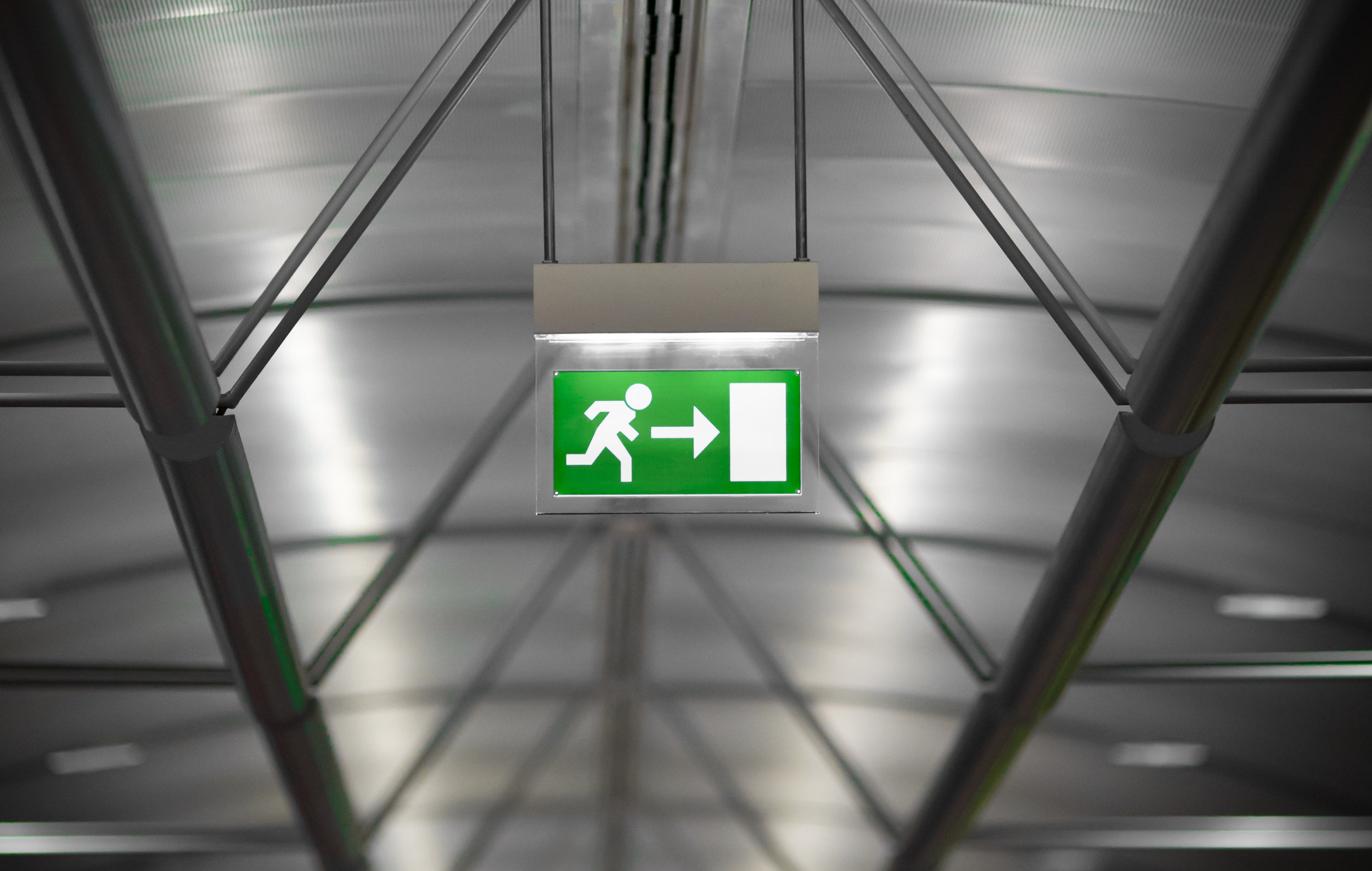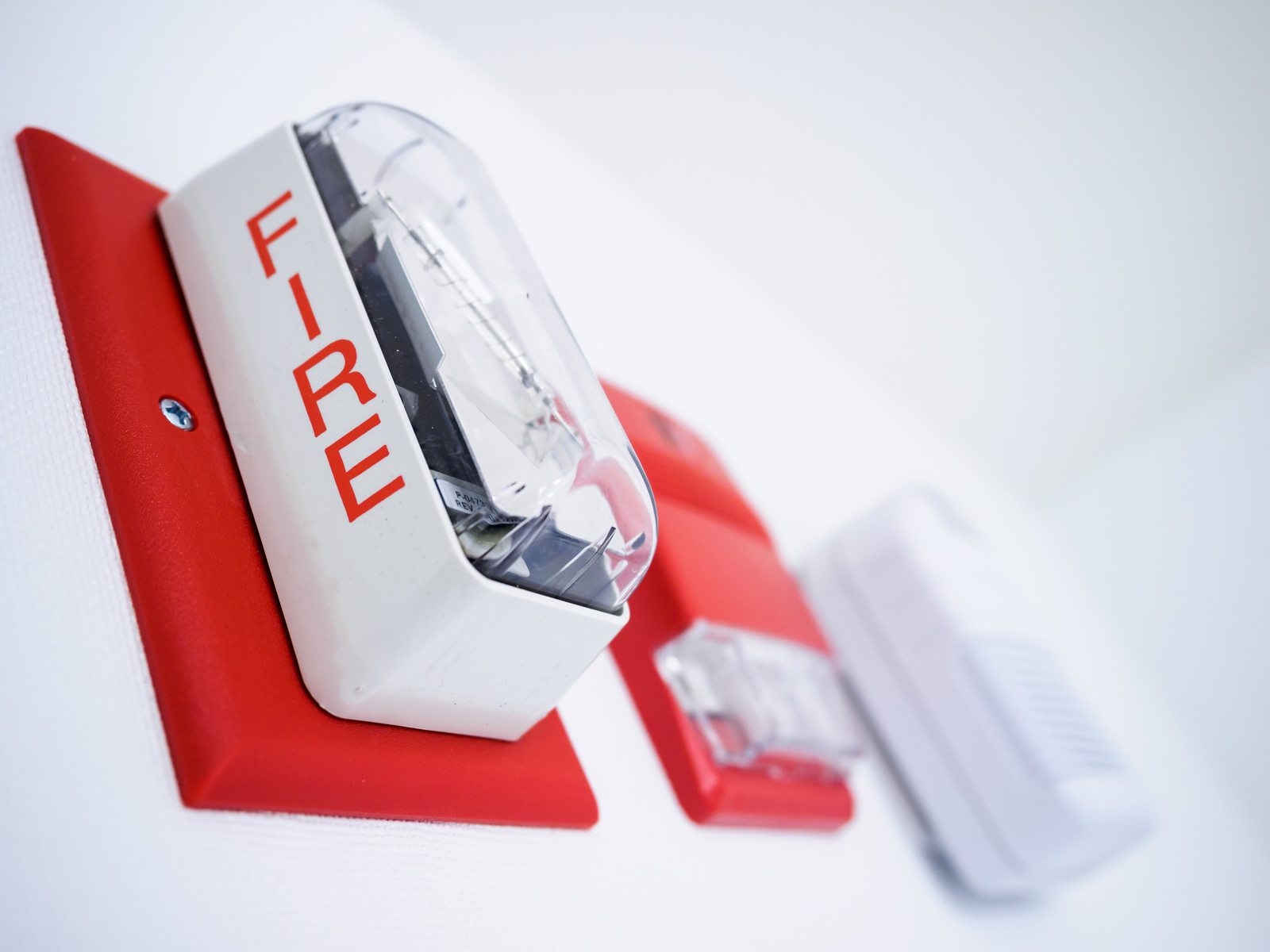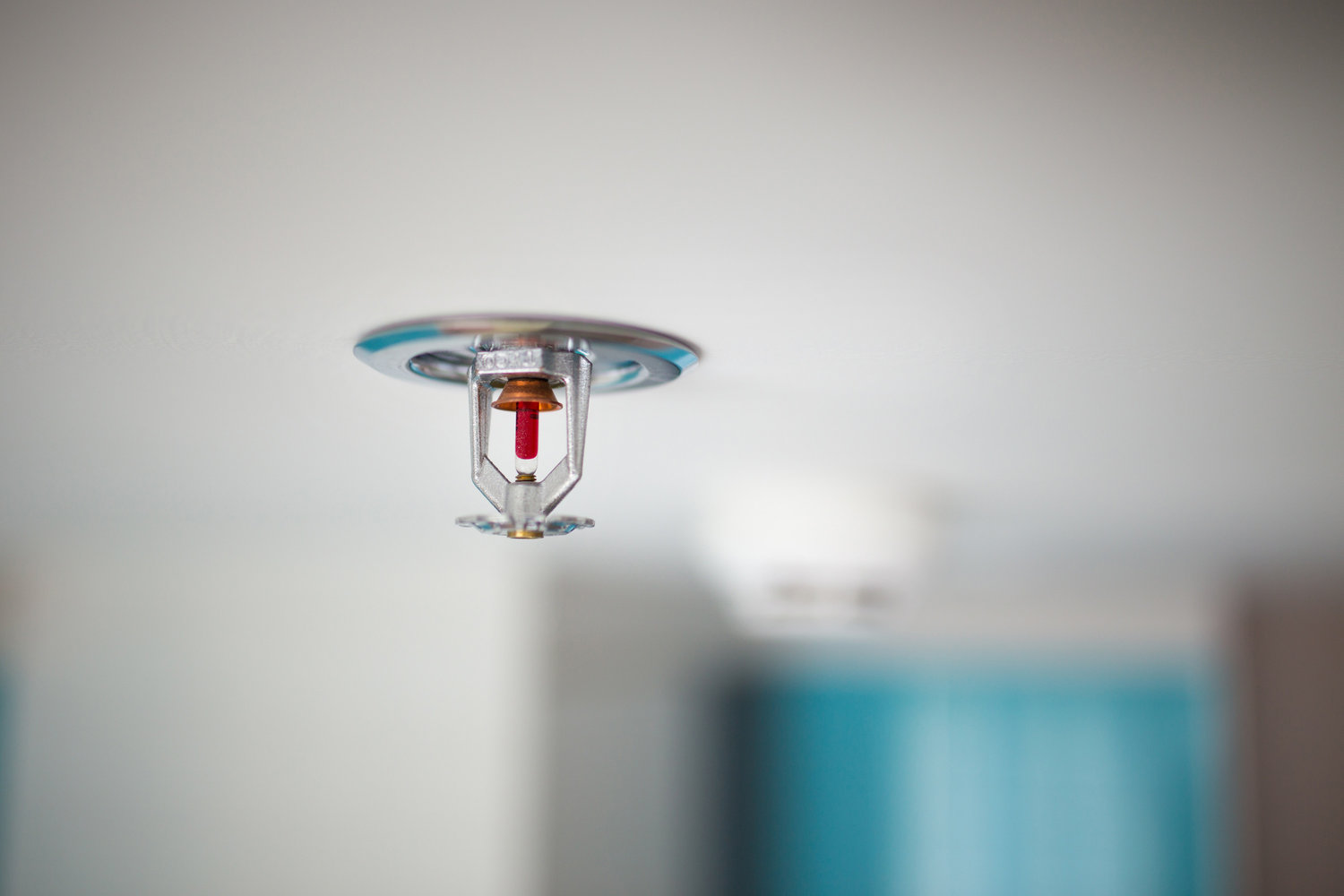Life Safety Systems
/Does your life safety maintenance schedule meet regulations?
It goes without saying that maintaining your life safety systems is paramount to the well being of the occupants of your building, literally a matter of life or death.
Legislation and technology continues to change and making sure that our engineers are up to date with the most recent regulations is paramount to our business. With this is mind we decided to share some of our knowledge and experience with our customers in the form of our eBook - A Guide to Life Safety Systems.
Life safety explained
‘Life safety’ could cover an infinite number of occurrences and risks within the workplace, all of which should be given consideration when factoring the safety of your employees and tenants. For the purpose of our eBook we looked at the buildings interior elements which are designed to protect and evacuate people within the building in case of emergencies which could include fire, earthquakes or less critical events, such as power failures.
Fire detection and alarm systems
One of the most common life safety systems are fire detection and alarm systems. These systems are usually designed to detect the presence of a fire, for example through heat or smoke detection, and then give alarm through the sounders that form part of the system.
Fire suppression systems
The building may also have linked or separate fire suppression systems that will release an agent onto the fire. This suppresses the fire by either reducing the oxygen, chemical reaction with the atmosphere or by cooling the fire. Probably the most common are water sprinkler systems.
Fire extinguishers
Your building will likely have portable fire extinguishers to be used by trained persons which will also form part of the life safety systems and fire emergency procedures.
Smoke extract systems
Smoke can be as dangerous as the fire itself. Smoke kills more people than fire and can easily trap people preventing them from escaping. Protective measures that may be installed can include smoke extract systems, to pull the smoke away from escape routes, fire doors with smoke seals and the automatic shut down of ventilation systems.
Protect against the spread of fire
The ability of a building to protect against fire spread is also important. Your building will have elements installed to help prevent this such as fire doors, fire compartmentation and automatic shut down of ventilation systems.
Evacuation
In the event of an emergency, to aid the occupants’ evacuation are the emergency light systems which guide people through corridors and exits to the exterior of the building.
Are you compliant?
Do you know if the maintenance schedule for your life safety systems meets current regulations? Is there anything that you, as the Responsible Person for your building, can do yourself to ensure the building remains safe?
These are the questions that we have looked at in our eBook - A Guide to Life Safety Systems. To find out more about the regulations, British Standards and how best to maintain your life safety equipment, download our free eBook by clicking the image here..












